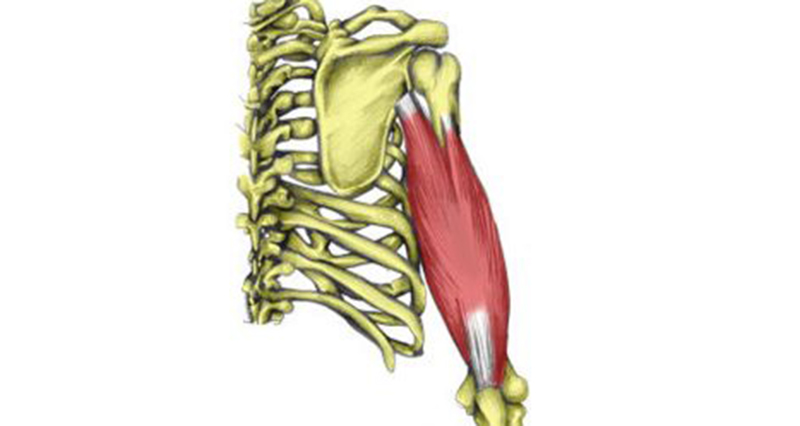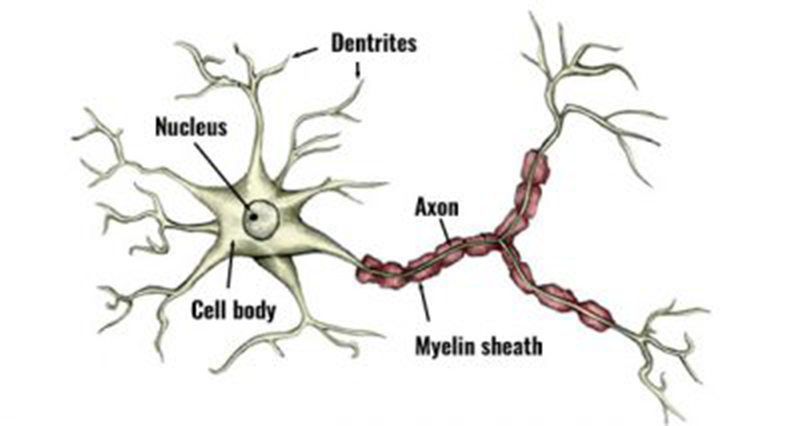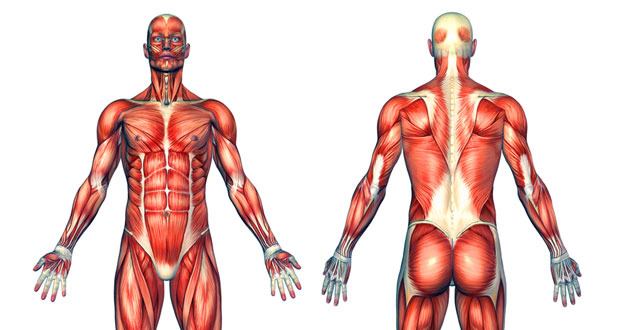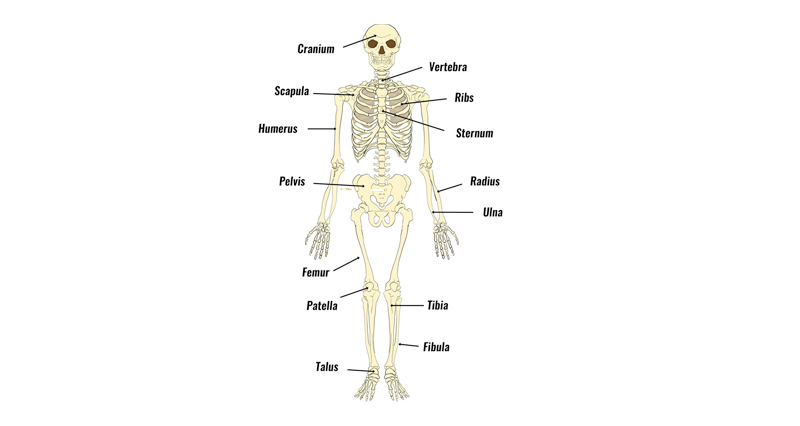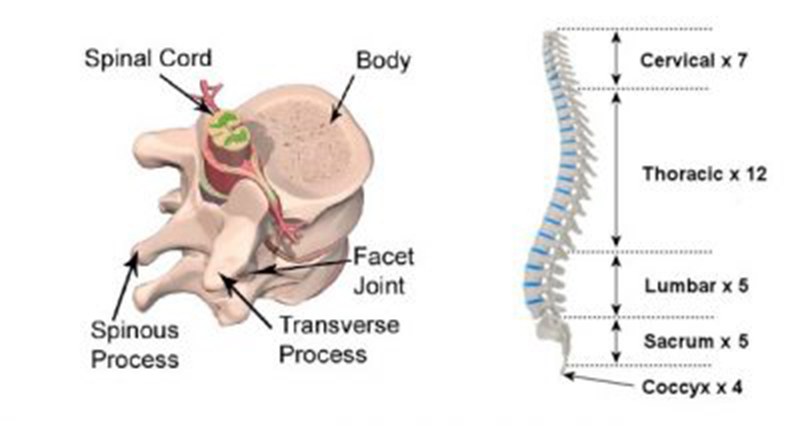Elbow Joint Muscles
The elbow joint consists of the humerus (upper arm bone), radius, and ulna in the forearm. The ulna is the bone on the little finger side of the forearm (remember l in ulna for little finger) and the radius radiates around it. The elbow joint muscles are the biceps brachii, brachialis, brachioradialis, triceps brachii (triceps […]
Elbow Joint Muscles Read More »

